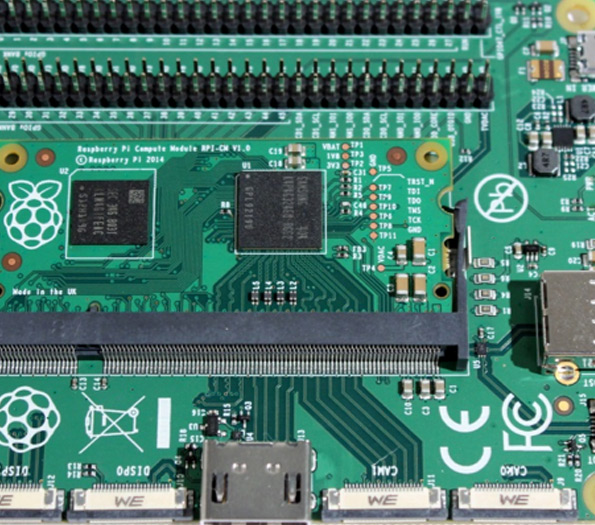

Thick Tempered Glass A Unique Blend of Strength and Aesthetics
In the world of modern architecture and design, thick tempered glass has emerged as a fundamental material, revolutionizing the way we think about transparency, strength, and safety. This innovative form of glass is engineered through a special heating and cooling process, making it significantly stronger than standard glass and providing a host of benefits that cater to both functional and aesthetic needs.
Thick tempered glass, often referred to as toughened glass, is produced by heating standard glass to over 600 degrees Celsius and then rapidly cooling it. This process alters the molecular structure of the glass, increasing its strength and making it more resistant to impact and thermal stress. As a result, thick tempered glass can withstand higher levels of force without breaking, making it an ideal choice for a variety of applications, from residential to commercial settings.
One of the most significant advantages of thick tempered glass is its safety features. In the event that it does break, it shatters into small, blunt pieces rather than sharp shards, which can cause serious injuries. This characteristic is particularly important in high-traffic areas, exterior facades, and building facades where safety is a paramount concern. Additionally, thick tempered glass is often used in glass balustrades, shower enclosures, and glass doors, where the risk of impact is higher.
In interior design, thick tempered glass adds a contemporary touch to spaces, allowing for seamless transitions between indoors and outdoors. Large panes of thick tempered glass can create expansive views, inviting natural light into a home or office while providing an unobstructed viewpoint. This use of glass not only enhances the visual appeal of a space but also improves energy efficiency by maximizing natural light and reducing reliance on artificial lighting.

Another remarkable feature of thick tempered glass is its versatility in design. It can be made in different thicknesses, typically ranging from 6mm to 19mm, and can be customized to fit various specifications. Architects and designers can creatively incorporate thick tempered glass in various forms, including windows, walls, skylights, and partitions, enabling innovative design concepts that highlight transparency and openness. In addition, it can be treated with different finishes and coatings to achieve specific aesthetics or functionality, such as low-emissivity coatings for energy efficiency or frosted surfaces for privacy.
The durability of thick tempered glass is also noteworthy. It has a much higher resistance to scratches, withstanding the wear and tear typically seen in busy environments. Its thermal resistance means it can endure temperature fluctuations without warping or cracking, making it suitable for various climates. This resilience leads to lower maintenance costs over time, as the need for replacements or extensive upkeep is significantly reduced.
Thick tempered glass is also an environmentally friendly choice. Its durability extends its lifespan, reducing the frequency of replacement and the associated environmental impact. Additionally, many manufacturers are adopting sustainable practices in their production processes, such as recycling glass waste and reducing energy consumption during manufacturing.
In conclusion, thick tempered glass represents a harmonious balance of strength, safety, and aesthetic appeal. As the demand for innovative architectural solutions continues to grow, this remarkable material will undoubtedly play a pivotal role in shaping the environments we live and work in. Its applications are vast, and as technology advances, we can expect to see even more exciting developments in the use of thick tempered glass. From enhancing the beauty of our surroundings to ensuring our safety, thick tempered glass is truly a modern marvel that stands as a testament to the ingenuity of contemporary design.